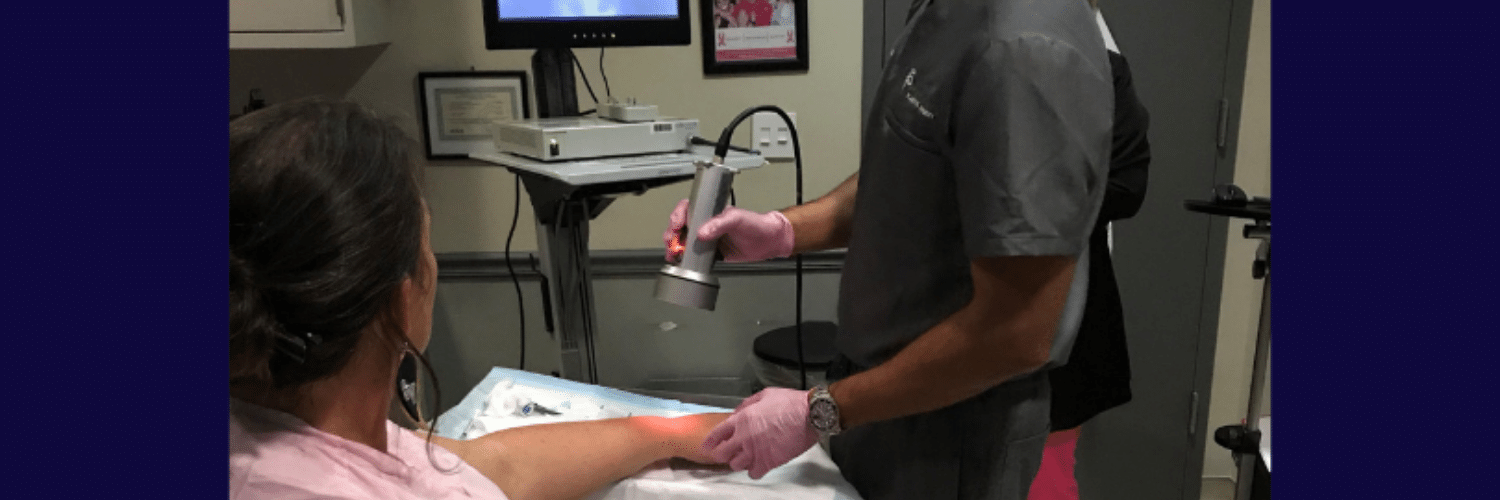
Lymphaticovenous Anastomosis (or LVA) is one of the newest surgical methods used to treat lymphedema offered at PRMA Plastic Surgery.
Before a patient can undergo the procedure, extensive evaluation from a specialized reconstructive microsurgeon and a certified lymphedema therapist must take place. The evaluation begins at a scheduled office appointment where we discuss your full medical history. Some of the information used to determine if a patient will be a good candidate for LVA include:
- Surgical history
- Scar location
- History of radiation or chemotherapy
- How many lymph nodes have been removed and from where
- Current physical therapy plan for lymphedema treatment
- Do you wear a compression garment/sleeve
- Have you undergone lymphatic drainage massage
During evaluation, we also perform a lymphatic mapping procedure. This is done in the office, and there is no need for anesthesia. We simply inject a special dye into the hand and/or wrist and then use a special camera to view and map the dye as it moves through the lymphatic channels. If good and healthy channels can be identified, we would likely then recommend the LVA surgery.
The LVA procedure is performed in an outpatient setting where we connect lymphatic channels to nearby veins under a microscope. By altering the route for lymphatic fluid to return to the heart, lymphedema can be improved. Recovery time is 6 weeks of light activities and patients are allowed to resume compression garments 2 weeks after surgery and allowed to resume lymphedema therapy treatment 6 weeks after surgery.
It is important to remember that continued therapy as recommended by a therapist is an integral part of the treatment and our surgeons work closely with lymphedema therapists to optimize patient outcomes. Although there is no cure for lymphedema, treatment can significantly improve symptoms, prevent progressions and improve quality of life!
Author: Dr. Ramon Garza III
It is important to remember that continued therapy as recommended by a therapist is an integral part of the treatment and our surgeons work closely with lymphedema therapists to optimize patient outcomes.




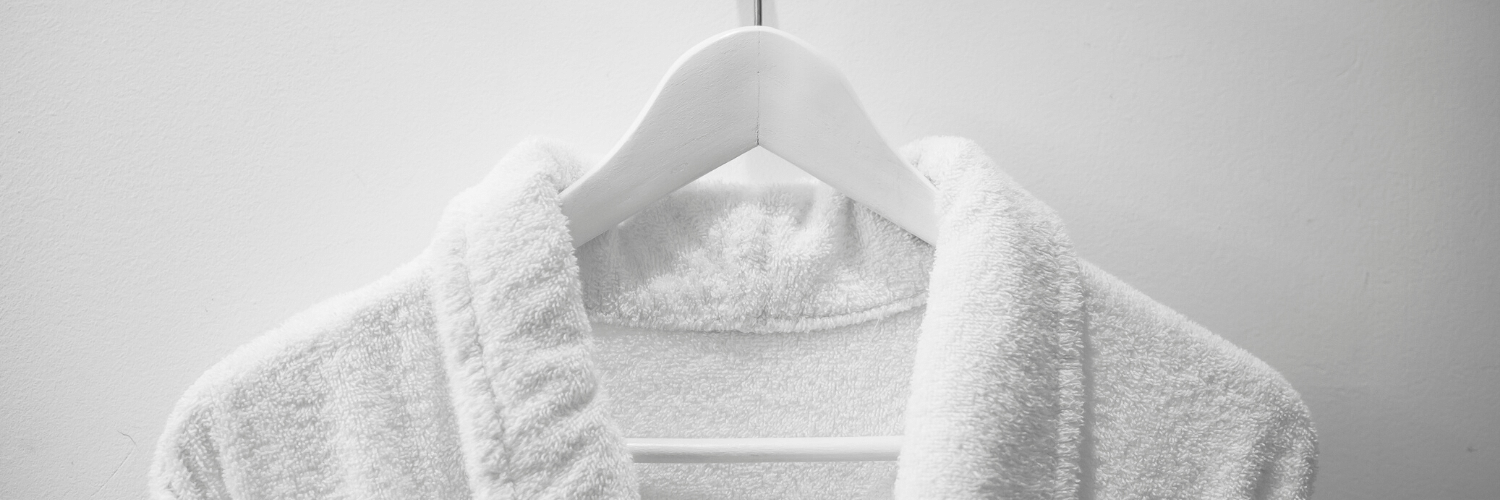

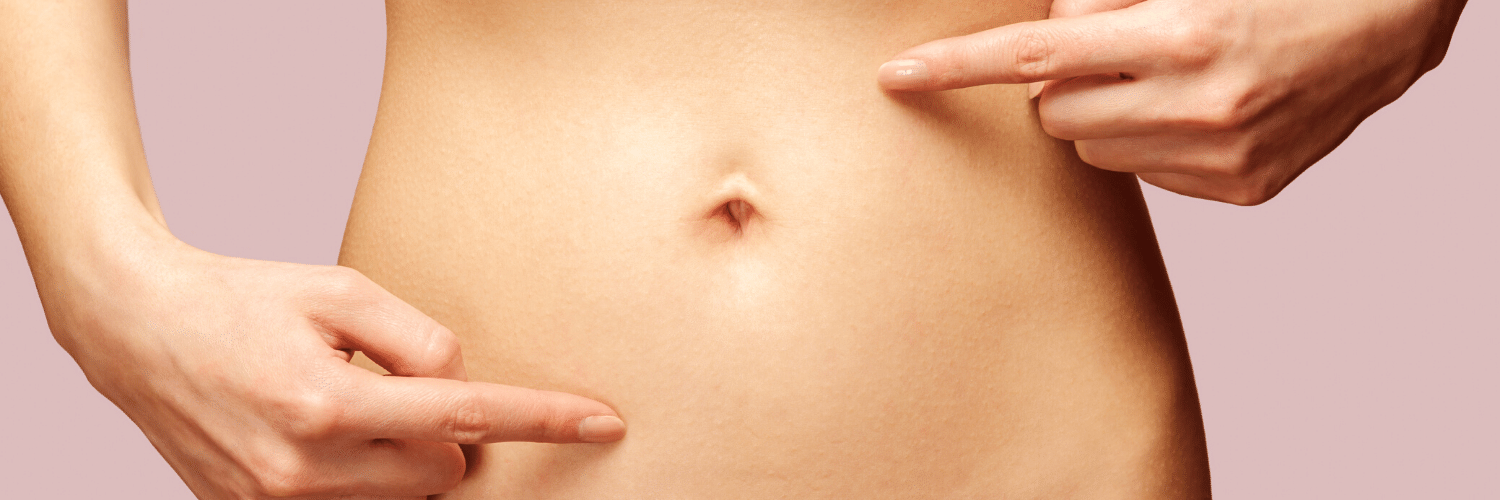

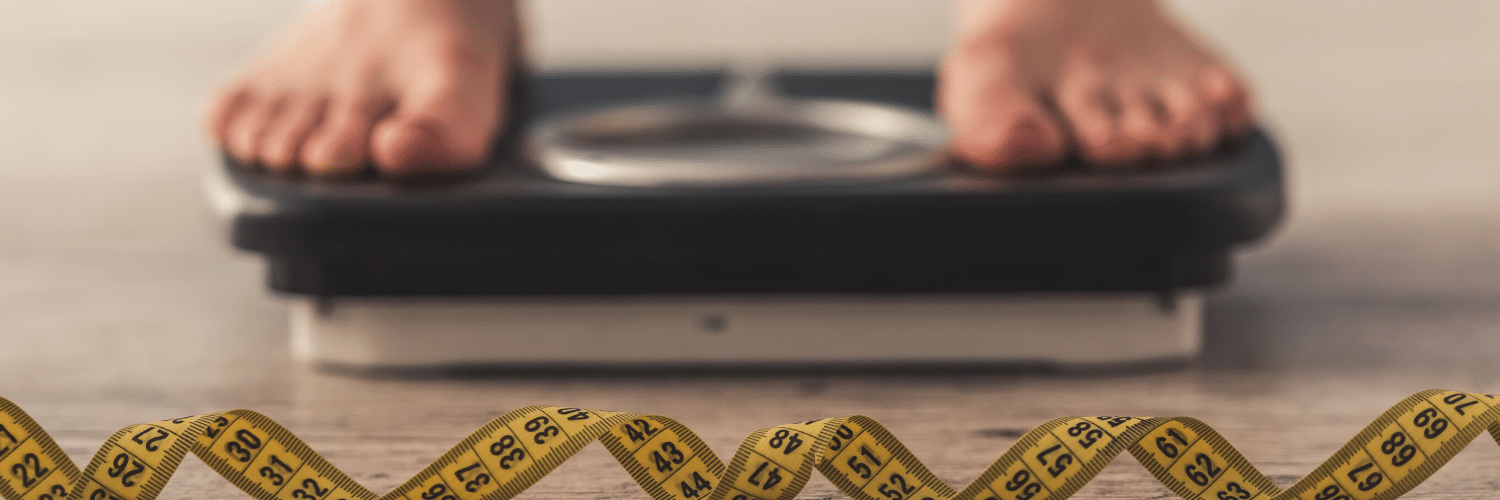

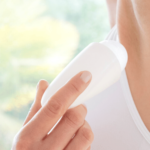
No Comments